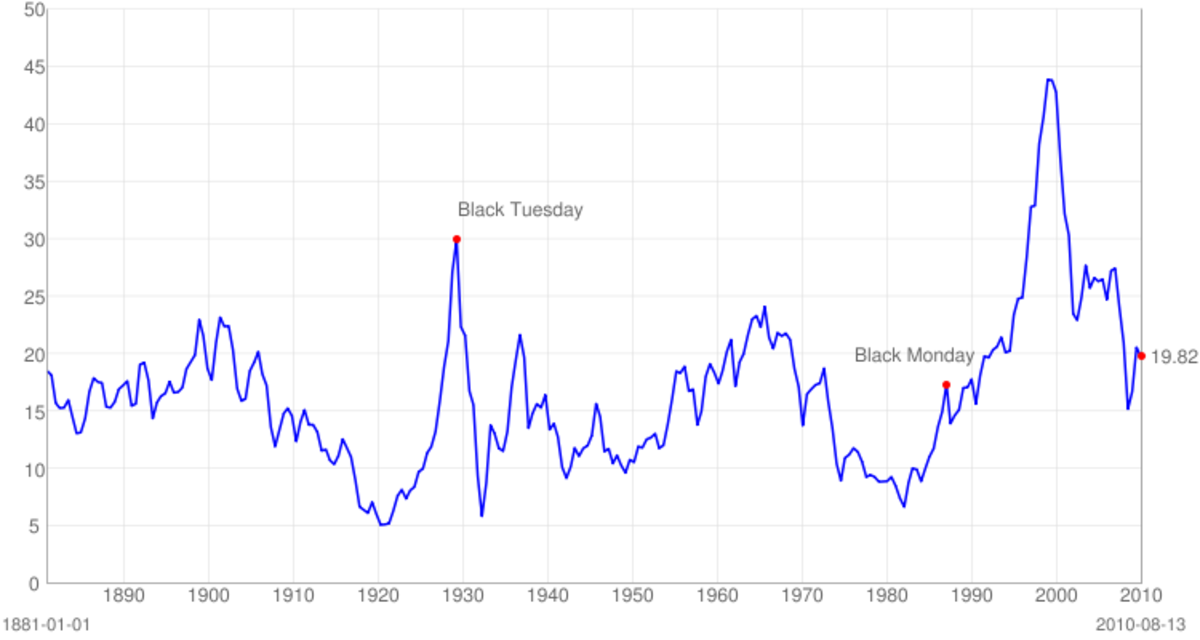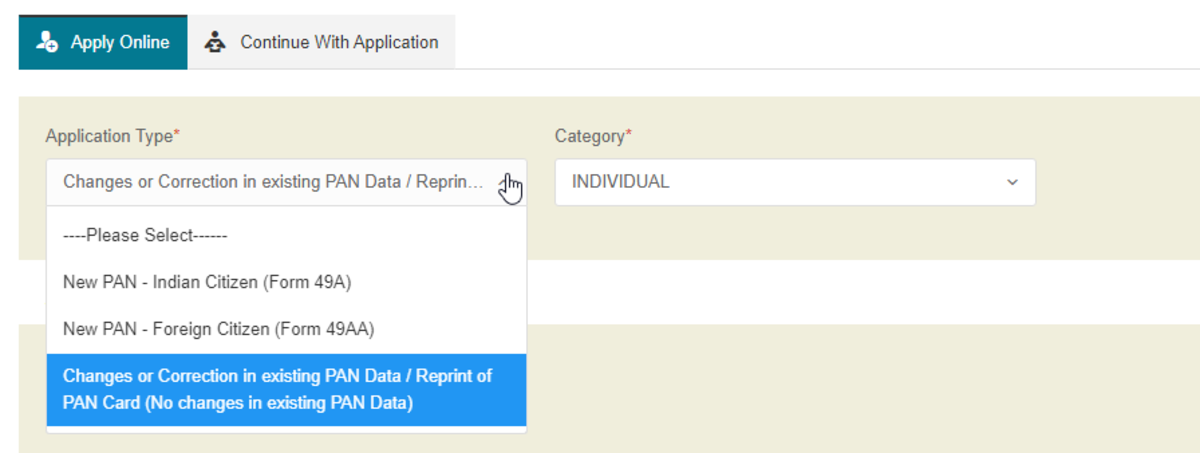After-tax profit margin

The after-tax Profit margin measures the net profitability of a company. To calculate it only to financial figure is needed; the net income and the net sales for a specific period of time, usually for a full fiscal period. Net sales of a company is the sales minus all sales tax, product returns and discounts. The actual meaning of the after-tax profit margin is how much taxed profit each sales dollar is making. To expand this thought, after-tax profit margin tells investors how much money the company is making per each sold product or service. In other words, this means that how much cash the company is receiving for each product or service, or how much each revenue dollar is worth to the company. Obviously the higher this number is the better, financially speaking, because the company makes more money on each sales. However, as the nature of business is, there will, most probably, never be a busines that has an after-tax profit margin of 1.0, as all companies, businesses, and entrepeneurs have expenses of some sorts.
Let’s see a practical example for this margin:
Say Company X had an after tax profit of $10 million. Net sales were $100 million for the full fiscal year. Dividing the two figures, we get:
(After-tax income)/(net sales) = (10 million)/(100 million) = 0.1
The after-tax profit margin of company X is 0.1. The 0.1 means that each dollar sales income of the company is makin 10 cent cash on each dollar income sales. This 10 cents are disposable income. Disposable income means that all of it can be spent on whatever the company wants it to; bills and compulsary expenses are already calculated in it, so this is “cash at hand”.
Advantages of Using the After-Tax Profit Margin
The After-tax profit margin is very easy to understand. Also it can be calculated very quickly. When the after-tad profit margin is used for the valuation of a specific company, not external factors are take into consideration, purely the company’s own performance. This ratio can be used across different industries and economic sectors, so a company from, say, aerospace industry can be compared with a company from, say the agricultural economy.
Disadvantages of Using the After-Tax Profit Margin
This ratio is a very one-sided evaluation method. It does not tell about or compare the performance to either its past performances, or to its competitors, or other companies in the same industry.
Also the after-tax ratio can be very decieving. Any nonrecurring income or nonrecurring expense is also considered when the ratio is calculated. The negative side of this is that such nonrecurring financial entries in the accounts and books of the company cause a sudden rise or drop in the result of the after-tax profit margin ratio.
Although this valuation method is excellent in analysing and improving the financial performance of a company, it, and its implications can come into conflict with the mid- and long term goals and sustainability of the company. For example, the company cuts back its expenses on suppliers and start to use cheaper suppliers. These cheaper suppliers deliver very low quality parts for the company’s products, which often go wrong during manufacture, or use. The new supplier may also be unreliable in delivering its parts on time. This causes customer unrest and a loss of market share, in turn the company would also have to decrease the purchase price of the product.






